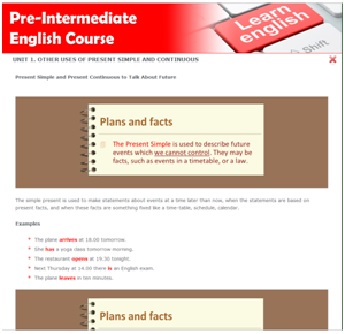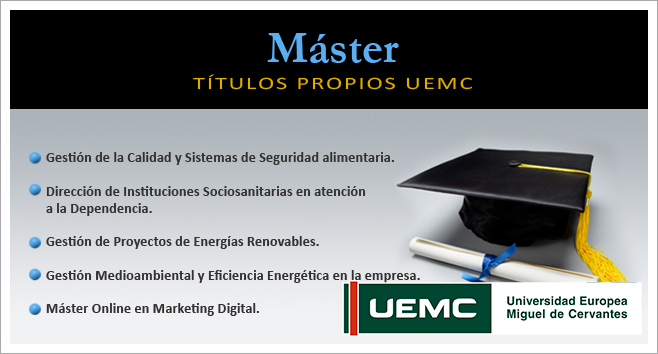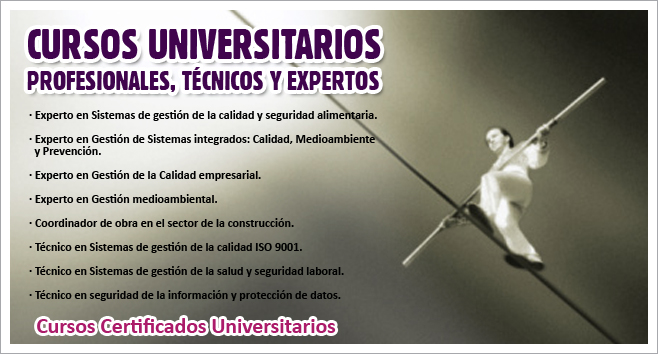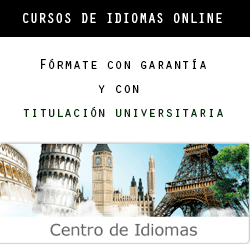 Datos generales del curso INGLES INTERMEDIO BAJO Datos generales del curso INGLES INTERMEDIO BAJO
 | | INTRODUCCIÓN |

Curso de Inglés intermedio nivel bajo (Pre-Intermedio). Siguiente nivel al curso de Inglés básico o elemental.
 | | OBJETIVOS DIDÁCTICOS |
Resultados del aprendizaje: Los estudiantes deben ser capaces de gestionar otros usos de la presente continuo para futuros acuerdos , y por hábitos molestos , así como el presente simple para los horarios externos . Se deben identificar y utilizar los verbos de estado . También deben ser capaces de diferenciar estructuras tales como los de la presente perfecto simple de la continua , así como las diferentes formas de tiempo futuro . Deben reconocer y utilizar las cláusulas condicionales y la voz pasiva . También tendrán ejercicios de escuchar y hablar en diferentes situaciones como una manera de ejercer funciones comunicativas en Inglés para mejorar su comprensión .  | | DURACIÓN |
30 Horas  | | DESTINATARIOS |
Estudiantes iniciados en el aprendizaje del idioma inglés  | | PROGRAMA |
1. OTHER USES OF PRESENT SIMPLE AND CONTINUOUS • The verb to be in affirmative sentences. • The verb to be in negative sentences • The verb to be in questions. Question words. • Adjectives 2. STATE VERBS • The simple present tense with other verbs.. • Daily routines and habits. • Speaking exercises 3. THE PRESENT PERFECT TENSE • The present perfect ( Simple) • Unfinished time. • A past action reflected in the present. • The use of since, just already, for. • The particular use of been and gone 4. THE PRESENT PERFECT CONTINOUOS • The Present Perfect Continuous. • Focus on the activity and its time rather than on the result. • Contrasting present perfect simple and present perfect continuous. • Questions with How ever and How long 5. THE PAST PERFECT TENSE • The past perfect Tense: • Two actions in the past one action completely finished before the other. The use of before , after, by the time, when 6. THE FUTURE TENSE ( WILL) • Decisions in the moments of speaking. • Possibility in the future. • Promises. • Invitations. • Facts in the future. 7. THE FUTURE TENSE ( BE+ GOING TO+ VERB) • Certainty in the future. • Personal plans in the future. • Differences between the future with going to and present continuous for future arrangements. 8. CONDITIONAL CLAUSES (1) • The first conditional clause if + simple tense + will + bare verb to indicate possibility The use of there is are/ there was were to describe. 9. CONDITIONAL CLAUSE (2) • The second conditional clause to refer to improbable situations: • If + simple past + would + bare verb 10. CONDITIONAL CLAUSE (3) • The third conditional clause to refer to unreal situations. We talk about an event that did not occur in the past: • If + had + past participle + would + have + past participle. 11. PASSIVE VOICE IN PRESNT SIMPLE, PRESENT PROGUESSIVE AND PRESENT PERFECT • Passive Voice in the Present Simple am /are/is + past participle • Passive Voice in the Present Progressive Form am/are/is + being + past participle • Passive voice in the Present Perfect Tense Have /has/ + been + Past Participle 12. MIXED TENSES • To practice different texts and exercises in which the students should identify different tenses within a text.
Enviar a un amigo

Solicitar información

Crear PDF

Matriculación

Subvencionar curso

| 






















 Idiomas
Idiomas








 Datos generales del curso INGLES INTERMEDIO BAJO
Datos generales del curso INGLES INTERMEDIO BAJO
